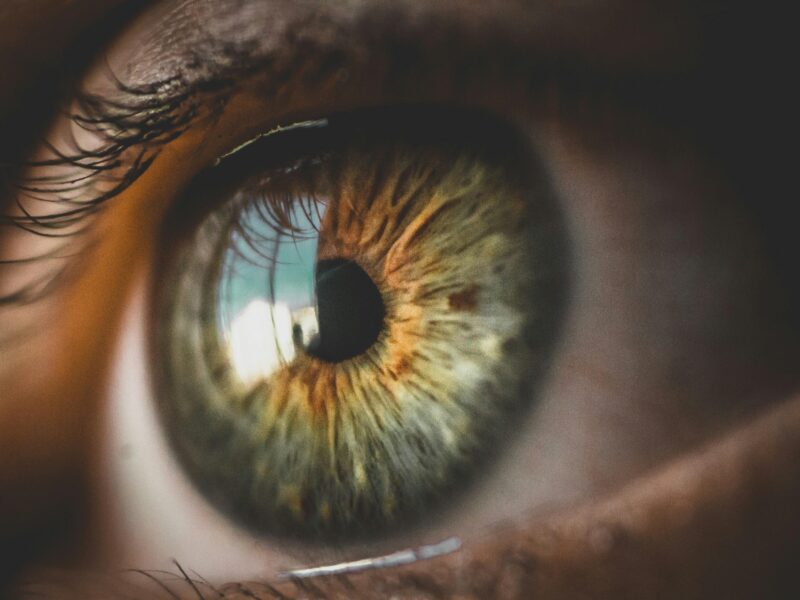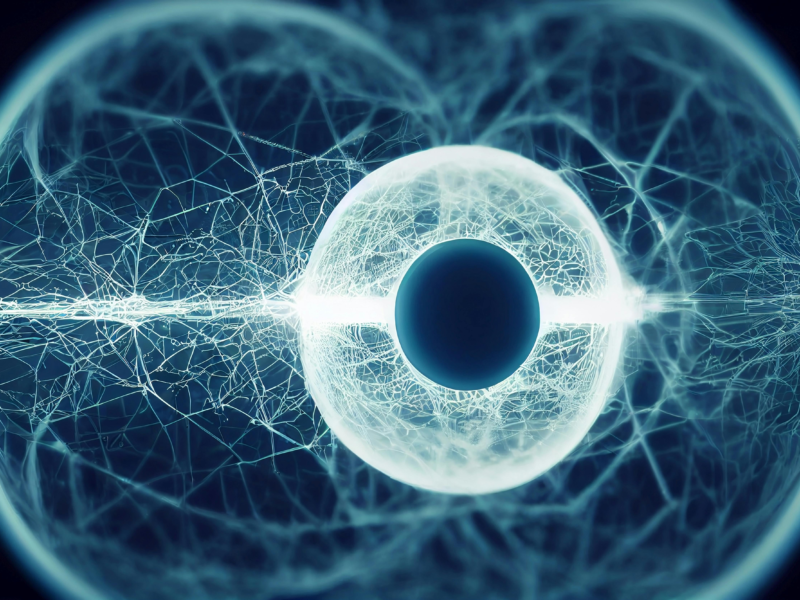Introduction
Your eyesight is one of your most valuable senses, yet millions of people around the world suffer from preventable vision problems every year. From age-related macular degeneration to digital eye strain, many conditions can lead to partial or permanent vision loss if not addressed early. The good news? With the right lifestyle choices, preventive care, and awareness, you can significantly reduce your risk and protect your vision for years to come.
In this in-depth guide, we’ll explore the most common causes of vision loss, risk factors, prevention strategies, nutrition, exercises, and treatments that can safeguard your eye health.
Section 1: Understanding Vision Loss
Vision loss can be sudden or gradual, and its impact ranges from mild blurriness to complete blindness.
- Types of vision loss: central vision loss, peripheral vision loss, blurred vision, night blindness.
- Leading causes worldwide: Cataracts, Glaucoma, Macular Degeneration, Diabetic Retinopathy.
- Modern risk factors: excessive screen use, poor diet, UV exposure, smoking, aging.
👉 Nutrition for Vision: Essential Foods and Supplements for Healthy Eyes
Section 2: Major Causes of Vision Loss
- Cataracts – clouding of the lens; most common in older adults.
- Glaucoma – increased pressure damaging the optic nerve.
- Age-Related Macular Degeneration (AMD) – damage to central vision.
- Diabetic Retinopathy – blood vessel damage caused by uncontrolled diabetes.
- Dry Eye Syndrome – chronic dryness leading to discomfort and blurred vision.
- Digital Eye Strain (Computer Vision Syndrome) – caused by prolonged screen exposure.
Section 3: Symptoms You Shouldn’t Ignore
- Sudden blurred or double vision
- Frequent headaches or eye strain
- Seeing halos around lights
- Loss of peripheral vision
- Increased sensitivity to glare
- Persistent dryness, itching, or irritation
👉 If you experience these symptoms, schedule an eye exam immediately.
👉 Vision Biohacking: Cutting-Edge Strategies to Improve Your Eyesight Naturally
Section 4: Prevention Strategies to Protect Your Eyesight
1. Healthy Nutrition for Vision
Foods rich in:
- Vitamin A (carrots, sweet potatoes, spinach) – supports night vision.
- Omega-3 fatty acids (salmon, flaxseed) – protects against dry eyes and AMD.
- Lutein & Zeaxanthin (kale, broccoli, corn) – filters harmful blue light.
- Vitamin C & E (oranges, almonds, sunflower seeds) – strong antioxidants.
2. Adopt Eye-Friendly Lifestyle Habits
- Quit smoking (linked to AMD and cataracts).
- Reduce alcohol intake.
- Exercise regularly to maintain healthy blood circulation.
3. Digital Eye Care (Blue Light Protection)
- Follow the 20-20-20 rule: every 20 minutes, look at something 20 feet away for 20 seconds.
- Use blue-light blocking glasses.
- Adjust screen brightness and contrast.
4. UV Protection
- Wear sunglasses with 100% UV protection.
- Avoid direct sun exposure during peak hours.
5. Routine Eye Exams
- Every 1–2 years for adults under 40.
- Every year for adults over 40 or those with risk factors (diabetes, family history).
👉 Eye Exercises and Training: Improve Your Vision Naturally
Section 5: Natural Eye Exercises to Maintain Healthy Vision
- Palming – rub your hands and gently cover your eyes to relax.
- Blinking practice – prevents digital dryness.
- Focus shift exercise – train eyes to alternate focus between near and far objects.
- Figure-eight exercise – trace a sideways “8” with your eyes to improve flexibility.
Section 6: Treatments & Medical Approaches
- Eye drops & supplements for dry eyes.
- Laser treatments for glaucoma and diabetic retinopathy.
- Surgery for cataracts.
- Lifestyle interventions for slowing AMD progression.
Section 7: Future of Vision Protection (Biohacking & Technology)
- Blue-light filtering contact lenses.
- Smart eye health wearables.
- AI-driven diagnostics for early detection.
- Nutraceuticals for enhanced vision performance.
👉 The Role of Sleep in Maintaining Eye Health: Why Rest is Essential for Vision
❓ FAQ Section
👉 What are the most common causes of vision loss?
Age-related macular degeneration, cataracts, glaucoma, diabetic retinopathy, and prolonged digital eye strain are among the top causes.
👉 Can lifestyle changes really prevent vision loss?
Yes. Healthy diet, regular eye exams, UV protection, and reduced screen exposure all play a role in prevention.
👉 How often should I have my eyes checked to prevent vision loss?
Most adults should have an eye exam every 1–2 years, while those at higher risk (diabetes, family history of glaucoma) should go yearly.
👉 Do supplements like lutein and zeaxanthin actually help?
Scientific studies suggest they support macular health and can reduce the risk of age-related eye diseases.
👉 What are some natural ways to strengthen eye health daily?
Eating antioxidant-rich foods, doing regular eye exercises, practicing the 20-20-20 rule, and staying hydrated.
Conclusion
Vision loss is not inevitable. By understanding the risks, making smart lifestyle changes, and seeking early professional care, you can protect your eyesight naturally and preserve your vision for a lifetime.
Your eyes are not just windows to the world—they’re also windows to your health. Take care of them today, and they will take care of you tomorrow.
🛒 Product Recommendations
👁️ Protect Your Vision Naturally – Starting Today!
Your eyesight is priceless. Don’t wait until vision loss begins.
- Performance Lab Vision Supplement – supports macular and retinal health.
- Blue Light Blocking Glasses – reduce digital strain and long-term retinal stress.
- UV400 Sunglasses – essential for outdoor eye protection.
- Moisturizing Eye Drops – relieve dryness and prevent irritation.
- Lutein & Zeaxanthin Capsules – proven antioxidants for long-term vision support.


